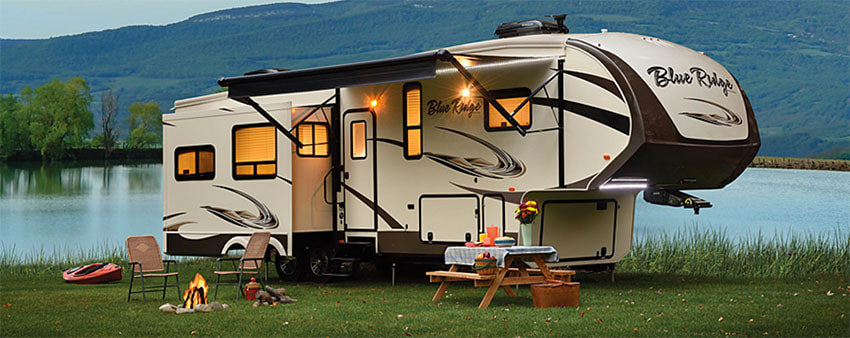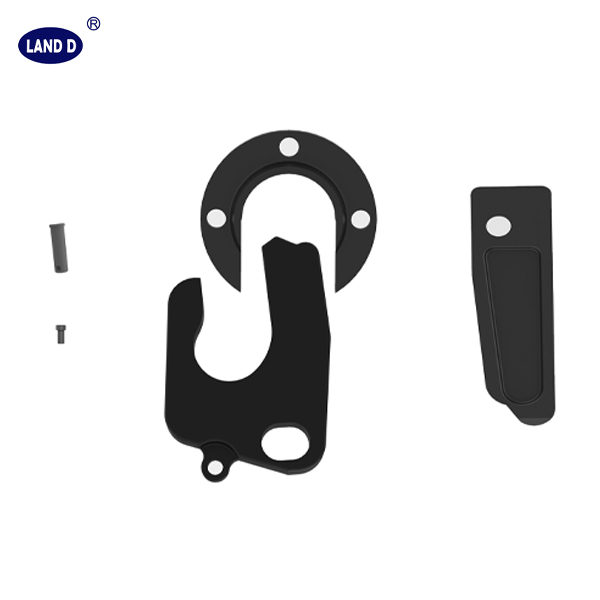Apr . 25, 2024 14:42 Back to list
Fifth Wheel Safety and Maintenance Fifth Wheel

Fifth Wheel Safety and Maintenance
If you’re a truck driver or a heavy equipment operator – or even if you’re just someone who loves to camp! – then chances are good that you’re familiar with fifth-wheel configurations. These setups, in which a trailer is hooked into the tractor or semi by a “kingpin” held in place in the centre of a disc or other mechanism, are very common and can be seen all over the roads you travel.
There are many different kinds of fifth-wheel connectors. Aside from the common vertical pin type that you’ll likely see on semis and tractor-trailers, there are also pintle hitches, which use a hook and a ring to allow greater flexibility on rough terrain; gooseneck hitches, which are used in pickup truck beds to pull campers and horse trailers; ball hitches, which usually attach to the back end of a truck for a variety of towing needs, and low-mount car-haulers – kind of like miniature flatbeds. With so much variation in style and capability, it’s easy for some telltale signs of danger or incorrect weight distribution to go unnoticed. And that means bad news!
There are many different kinds of fifth-wheel connectors. Aside from the common vertical pin type that you’ll likely see on semis and tractor-trailers, there are also pintle hitches, which use a hook and a ring to allow greater flexibility on rough terrain; gooseneck hitches, which are used in pickup truck beds to pull campers and horse trailers; ball hitches, which usually attach to the back end of a truck for a variety of towing needs, and low-mount car-haulers – kind of like miniature flatbeds. With so much variation in style and capability, it’s easy for some telltale signs of danger or incorrect weight distribution to go unnoticed. And that means bad news!
It’s fairly obvious what will happen if your fifth-wheel detaches while you’re driving, and it is improperly attached or maintained – the trailer will drop, with no way to stop or steer it! If it’s heavy and you’re going highway speeds, that can spell catastrophic danger for anyone around, and virtually guarantees a trailer that will soon be smashed into scrap metal. This is a headache that you absolutely want to avoid, for many more reasons than we could list here.
It pays to be familiar with the different styles of connectors, and what their benefits and disadvantages are in terms of weight distribution, capability on different terrains, etc. Make sure you are familiar with handling before you set out on a long trip, too. But by far, the most important step you can take is simply to keep up with your maintenance, and make sure there are no underlying problems that will cause a failure.
Always use your senses and do a visual inspection of the connection point, brake lines, safety chains, and other vital places around the truck and trailer, but remember – just because it looks good, doesn’t mean it is! Listen as you drive for anything that sounds out of place: do you hear binding or snapping sounds, especially around corners? That’s inertia and momentum, throwing weight out of place and putting too much stress in certain areas. Are you finding it difficult to disengage the pin when releasing the fifth wheel? You could be lacking grease, or have misaligned parts. Signs like heavy pitting on the top plate or a wrongly set adjustment rod (on some styles) can indicate big problems further in. And as we’re a fan of saying – use preventative maintenance now, to save time, money and stress later!
It pays to be familiar with the different styles of connectors, and what their benefits and disadvantages are in terms of weight distribution, capability on different terrains, etc. Make sure you are familiar with handling before you set out on a long trip, too. But by far, the most important step you can take is simply to keep up with your maintenance, and make sure there are no underlying problems that will cause a failure.
Always use your senses and do a visual inspection of the connection point, brake lines, safety chains, and other vital places around the truck and trailer, but remember – just because it looks good, doesn’t mean it is! Listen as you drive for anything that sounds out of place: do you hear binding or snapping sounds, especially around corners? That’s inertia and momentum, throwing weight out of place and putting too much stress in certain areas. Are you finding it difficult to disengage the pin when releasing the fifth wheel? You could be lacking grease, or have misaligned parts. Signs like heavy pitting on the top plate or a wrongly set adjustment rod (on some styles) can indicate big problems further in. And as we’re a fan of saying – use preventative maintenance now, to save time, money and stress later!
Oftentimes, fifth-wheel systems can be rebuilt or repaired for a fraction of the cost of replacing the entire thing. But it all depends on how early you catch any issues, and how well you’ve taken care of your equipment over the many miles along the road. You don’t want to be stranded on the roadside, at best, or – at worst – cause a major accident that could have lethal consequences for you or someone else.
If you want to be sure that your trailer is working at its best, bring it to landfifthwheel for an inspection – or let us come to you with one of our fully equipped service trucks. We may not find anything major, and in fact, we hope we don’t, but when it comes to safety, there’s no substitute for doing it right!
Latest news
-
Why Are Specialized Components Crucial in Commercial Vehicle Maintenance and Operation?
NewsJul.28,2025
-
Why Are Fifth Wheels Critical for Trucking and How to Select the Right One?
NewsJul.28,2025
-
What Defines the Excellence of American Trailer Components in Key Markets?
NewsJul.28,2025
-
What Defines the Excellence of American 5th Wheel Systems and Their Market Offerings?
NewsJul.28,2025
-
How Do 5th Wheel Trailers Redefine Towing and Living Standards?
NewsJul.28,2025
-
How Do 5th Wheel Systems Enhance Commercial Hauling Efficiency and Versatility?
NewsJul.28,2025

